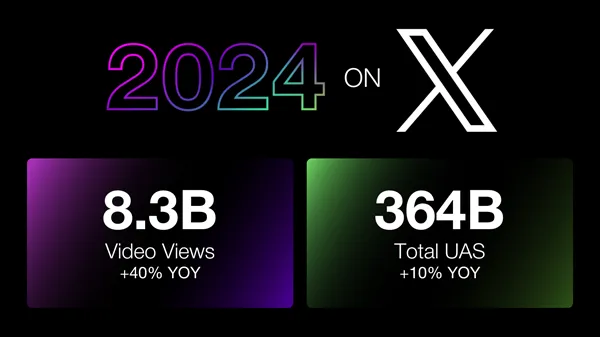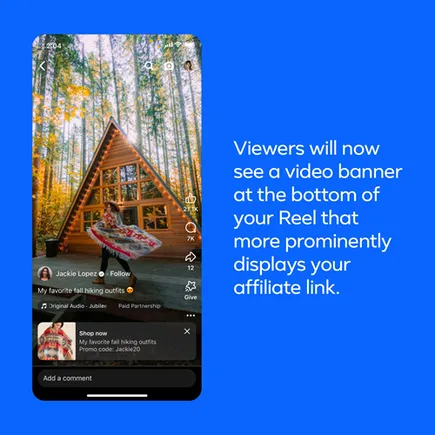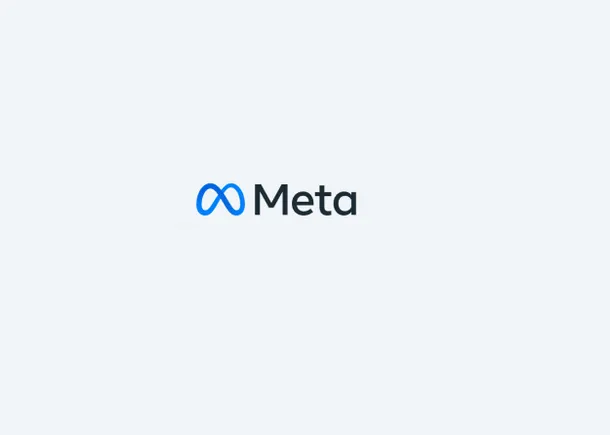This is the second part of a three-part series of conversations about Google Analytics 4 (GA4) with Russ Ketchum, product director of Google Analytics. In the first part, we discussed how to recreate Universal Analytics’ reports. Today, we’re looking at the UA 360 functions which are available in GA4. (Interview edited for length and clarity.)
Q: What features from 360 did you put in GA4?
A: When building out the feature roadmap, we determined that some of the features that were previously only available to our 360 customers, would be beneficial to our standard Google Analytics customers. Here’s a quick list of some that are now available to standard GA4 properties:
- Explore (including unsampled explorations).
- GMP Integrations.
- BigQuery integration.
- Custom funnels.
Q: What do they do?
A: They enable businesses to take advantage of some of the more advanced features that GA4 has.
Explore and custom funnels are two of the reporting types we talked about in part one. Explore helps businesses uncover deeper insights about user behavior through advanced techniques (i.e. funnels, pathing) compared to Standard Reports, which allow businesses to monitor data. Explore lets users sort and drill down into their data, use filters and segments to hone in on specific datasets, and share with others in their own GA property.
Custom funnels let you see the steps users take along a journey – for example, a path from home page to cart and where they may have fallen off between steps.
Integrations had been a fundamental part of 360 in the past and with GA4, we introduced some critical integrations that create an easier experience for advertisers.
Dig deeper: 5 GA4 issues and why they’re a good thing
GMP integrations enable advertisers to integrate their Google Analytics data with Campaign Manager 360, Display & Video 360, and Search Ads 360, making it easier for them to make strategic advertising decisions and activate their Analytics Conversions and Audiences.
BigQuery export provides an export of web and app interactions into Google Cloud’s BigQuery. GA4 customers can export nearly unlimited events through real-time export, which helps them analyze their campaigns to optimize advertising spend.
Q: Are there any GA4 functions (or other things) I need to know before using them?
A: For the reporting features, I’d definitely recommend the new Analytics Academy. This was always a tremendous asset for customers in UA and we’re really excited to have it available for GA4. There are a number of great courses, and we’re adding more all the time, that will help businesses make even more strategic decisions.
For GMP + BigQuery, there are two tactical things to note:
- The BigQuery export requires SQL and some additional programming skills to extract value from the data.
- The GMP integrations require existing GMP accounts.
Q: How do they interact with/impact other data/reports in GA4?
A: It’s probably fair to say that some of the features that were 360-only felt like add-ons in UA. With GA4, since we rethought everything from the beginning, the features we’re talking about are tightly woven into the GA4 experience.
For example, last time, we talked about how the Reports workspace is there to have a consistent view of the most important data across an organization. A given report isn’t meant to answer all potential questions – otherwise, it gets too complicated and confusing. That’s what happened in UA. But now that all GA4 customers have access to the Explore module, we don’t have to overload reports. Users can get just the info they need in Reports and then go deeper with one-off explorations in the Explore workspace.
With BigQuery, it’s similar. Raw, event-level analysis was a long-standing feature request from all sorts of UA customers. But not all customers had access to the BigQuery export so providing a scalable solution was very challenging. Now, that event-level analysis is a primary use case of the BigQuery export. And, when you put Looker Studio on top of it, that data becomes approachable to customers of all levels of sophistication.
One last thing I’d highlight is the power of Audiences in GA4. Standard UA customers were more or less limited to activating their Audiences in Google Ads. 360 customers then had the extra ability to activate them with the GMP products. With GA4, all customers can activate their audiences with Google Ads and the GMP, but that’s not all… those same GA4 audiences can be used to target push notifications, configs, and A/B tests with Firebase. And now that Audiences can be exported to BigQuery — and since we’ve launched our Audience API – there are multiple ways to use your GA4 Audiences with non-Google channels and products.
Q: Will they be more useful to some businesses (or types of businesses) than others? Like will some be better for small businesses/startups or larger and/oro more established ones?
A: There are a couple different angles to this. Last time we chatted, I mentioned Business Objectives. When a customer specifies their objectives, we customize GA4 on their behalf. For example, if the sole purpose of a given website is Lead-gen, then there’s no need to clutter the experience with ecommerce reporting. So in that way, there are definitely aspects of GA4 that don’t apply to all businesses. UA was a one-size-fits-all experience. But in practice, that sometimes meant “one-size-fits-none.” GA4 is meant to fit you and your business specifically, and whatever that may be.
Then there’s the question of customer sophistication. Google Analytics is used by businesses of all imaginable sizes. Some customers are sole owner/operators who may check their traffic only a few times a year. Others are massive Fortune 500 companies with armies of dedicated analysts. So across that spectrum, we don’t expect all customers to use all features from day one. But we do want to help our customers grow.
This is why we’ve invested in the GA4 Home experience and are using Google’s expertise in AI to make smart recommendations about the next feature or setting a given customer should use next. Sometimes, this will take the form of specific insight related to their data. And that insight will give them a springboard to go deeper elsewhere in the product, say the Advertising module for example. Not all customers go to the ads module, especially when they’re starting out, so insights are one way we help customers grow into more sophisticated features.
And of course, there’s an element of self-selection. For example, the GMP integrations are mostly used by larger advertisers given the prerequisite of having existing Campaign Manager 360, Display & Video 360, and Search Ads 360 accounts.
The bottom line is that GA4 was designed to be effective for all types and sizes of businesses. But that doesn’t mean that all features are equally relevant to everyone.
Get MarTech! Daily. Free. In your inbox.





































































